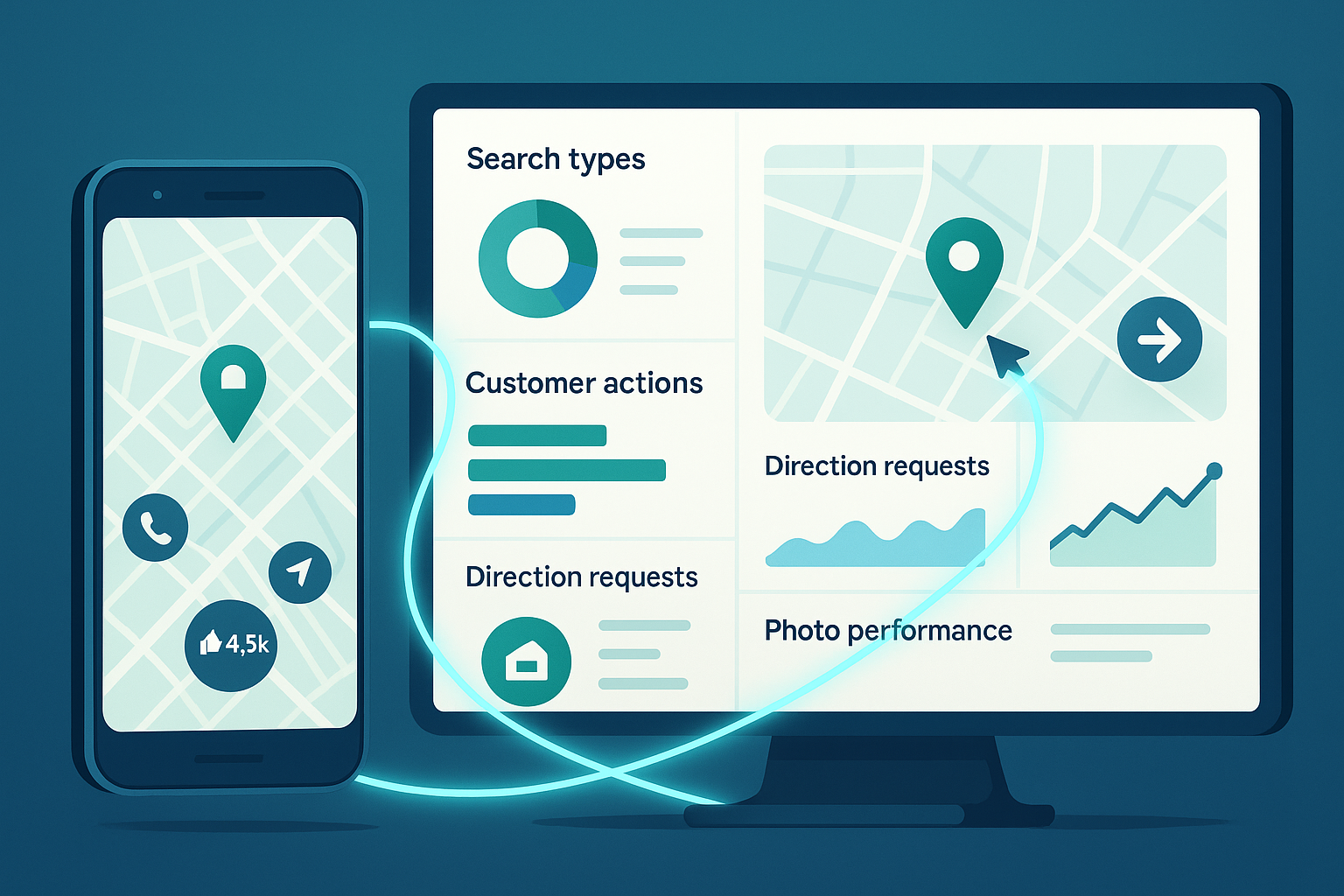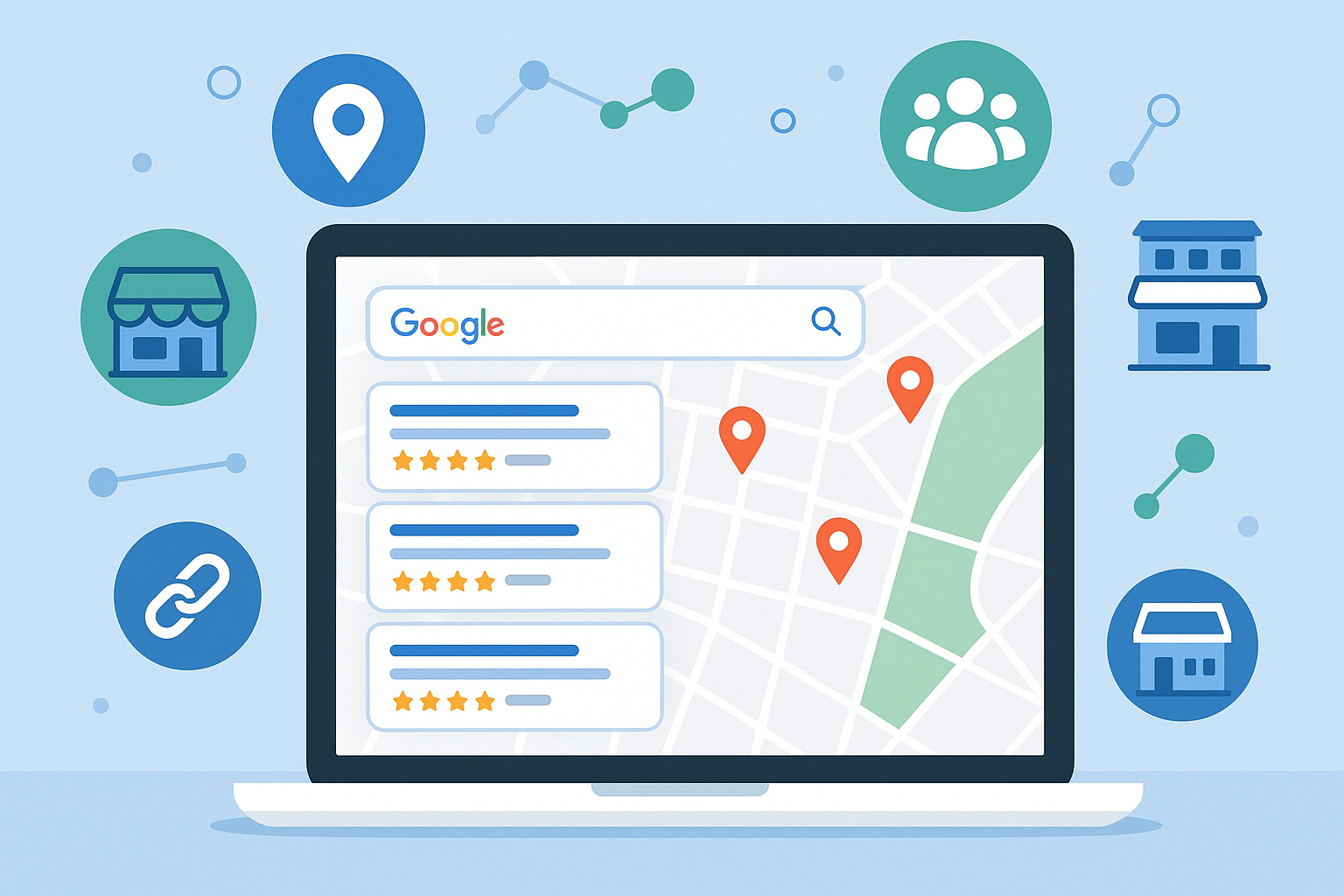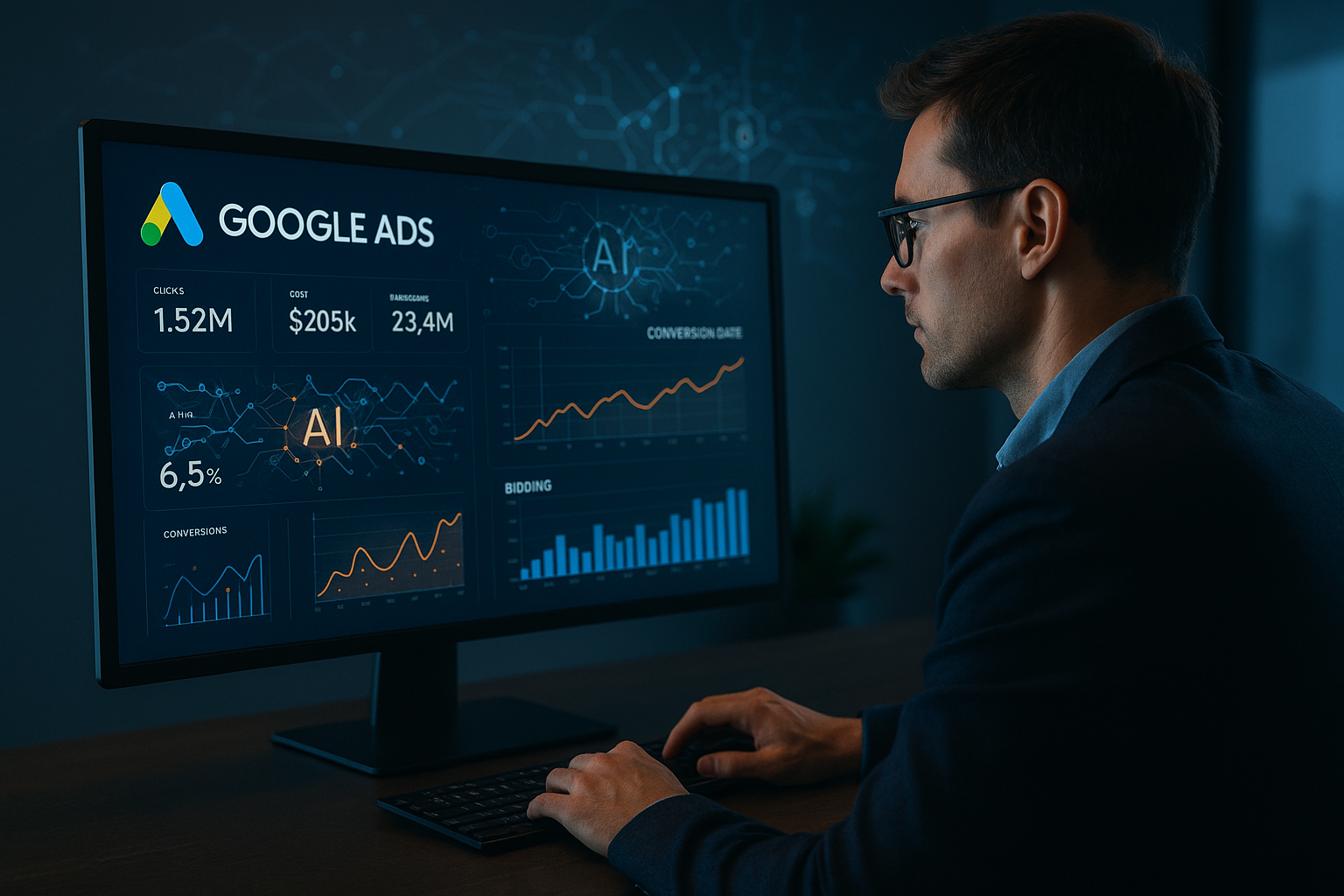What is proximity in local SEO and why does it matter?
For small businesses, visibility in local search can mean the difference between steady leads and missed opportunities. Google considers multiple factors when showing results for local searches, and one of the most influential is proximity—how close a business is to the person performing the search. Proximity can determine whether your business appears in the local pack, maps results, or organic listings.
Understanding how proximity works, why it matters, and how to optimize for it can give your business a competitive edge. This guide will break down the concept, explain its impact on search rankings, and provide actionable strategies to help your business stand out to nearby customers.
Defining Proximity in Local SEO
Proximity in local SEO measures the physical distance between the searcher and a business. Unlike traditional SEO factors, which focus on keywords, links, and content, proximity is location-specific. It becomes particularly important in searches where users expect nearby results, such as “plumber near me” or “coffee shop in downtown.”
Key points about proximity:
- Google estimates user location through
IP addresses, GPS, and device data.
- Businesses located closer to the searcher are more likely to appear in the
local pack, even if competitors have more reviews or backlinks.
- Proximity is
dynamic: a business ranking well for one searcher may rank lower for another farther away.
Recognizing proximity as a ranking factor allows businesses to optimize local SEO campaigns effectively.
How Proximity Affects Local Pack Visibility
The local pack—the three highlighted businesses that appear on Google Maps at the top of search results—is highly influenced by proximity.
Important impacts include:
- Closer businesses are favored: Proximity can outweigh minor differences in reviews or content quality.
- Mobile searches amplify distance relevance: Users on smartphones often look for immediate solutions nearby.
- Interaction with other ranking signals: Proximity works alongside relevance, prominence, and reviews to determine placement.
Businesses that fail to account for proximity may lose potential customers to competitors located closer to searchers.
Optimizing for “Near Me” Searches
“Near me” searches are increasing rapidly, and they rely heavily on proximity signals. Google prioritizes businesses that are physically closer to the searcher when delivering results.
Strategies to optimize:
- Include
location-based keywords in content and meta tags.
- Ensure your
Google Business Profile is accurate with precise address details.
- Use
service area settings for businesses without a storefront.
- Encourage
local reviews to strengthen your relevance and prominence.
Optimizing for “near me” searches helps your business capture the attention of users ready to engage immediately.
Leveraging Google Business Profile for Proximity
A fully optimized Google Business Profile (GBP) is essential for local SEO and proximity ranking. Google uses GBP to verify your business location and associate it with relevant search queries.
Proximity-focused GBP strategies:
- Ensure
accurate NAP (Name, Address, Phone number) information.
- Define a
service area if you operate remotely or without a storefront.
- Select
appropriate primary and secondary categories for your business.
- Regularly update
photos, posts, and business hours to stay relevant.
Optimizing your GBP strengthens the signals that Google uses to rank businesses near searchers.
How Local Citations Reinforce Proximity
Local citations—mentions of your business on directories, maps, or review sites—help Google understand your location.
Best practices:
- Maintain
consistent NAP information across all platforms.
- Submit your business to
reputable local directories.
- Include
geo-specific keywords when appropriate.
- Correct
duplicate or inaccurate listings to avoid confusion.
Accurate citations boost local authority and reinforce the proximity signals Google uses in ranking decisions.
Mobile Search Makes Proximity More Important
Mobile users increasingly rely on local search to find businesses near them, and proximity directly impacts mobile visibility.
Mobile-focused strategies:
- Ensure your
website is mobile-friendly and loads quickly.
- Include
maps and directions on location pages.
- Use
click-to-call buttons for immediate engagement.
- Track
mobile-specific rankings, as proximity can differ between mobile and desktop searches.
By optimizing for mobile, you capture users who are nearby and ready to act.
Managing Proximity for Multi-Location Businesses
For businesses with multiple locations, optimizing for proximity is more complex but highly rewarding.
Best practices:
- Create
individual pages for each location with unique content.
- Maintain
separate Google Business Profiles for each branch.
- Ensure
NAP consistency across all locations.
- Monitor
local pack performance by location to identify areas for improvement.
Multi-location businesses that optimize for proximity at every branch can capture more local searches and dominate multiple local markets.
Measuring the Impact of Proximity
Tracking how proximity affects your SEO strategy is key to improvement.
Metrics to monitor:
- Local pack rankings for target keywords.
- Click-through rates and calls from Google Maps.
- Foot traffic or leads generated via local searches.
- Competitor analysis to see
distance-related ranking patterns.
Tools like Google Business Profile Insights, rank tracking software, and analytics platforms help you measure and adjust your strategy.
Balancing Proximity with Other Local SEO Factors
While proximity is important, it interacts with other ranking factors to determine visibility.
Key considerations:
- Relevance: A slightly farther business may outrank a closer competitor if it better matches the search query.
- Prominence: Reviews, backlinks, and reputation influence rankings alongside distance.
- User behavior: Engagement metrics, clicks, and conversions also affect search placement.
Balancing proximity with relevance, prominence, and user signals ensures a well-rounded local SEO strategy.
Future Trends in Proximity-Based SEO
Proximity will continue to grow in importance as mobile search, voice search, and hyper-local targeting evolve.
Emerging trends:
- Voice search often favors nearby businesses with immediate availability.
- Geo-targeted advertising and promotions complement proximity SEO.
- Increased use of
AR maps and local discovery apps highlights precise location relevance.
- Google’s algorithm updates increasingly refine
distance-weighted ranking factors.
Staying ahead of these trends helps businesses maintain visibility and attract nearby customers consistently.
Proximity is a critical factor for local SEO, influencing rankings, visibility, and customer engagement. By optimizing Google Business Profiles, managing citations, focusing on mobile users, and tailoring strategies for multi-location operations, businesses can maximize their exposure to nearby customers. At GetPhound, we help businesses leverage proximity and other local SEO factors to connect with the right audience and drive sustainable growth.












